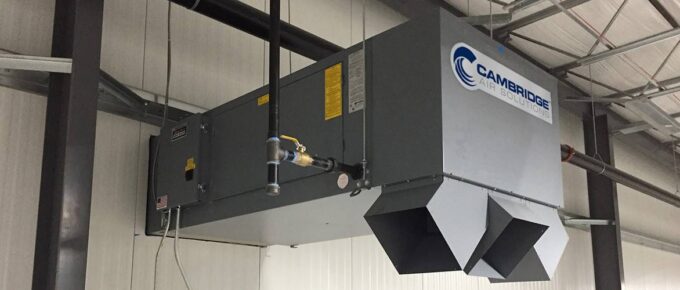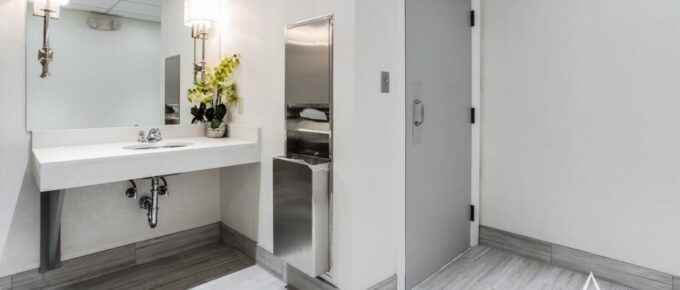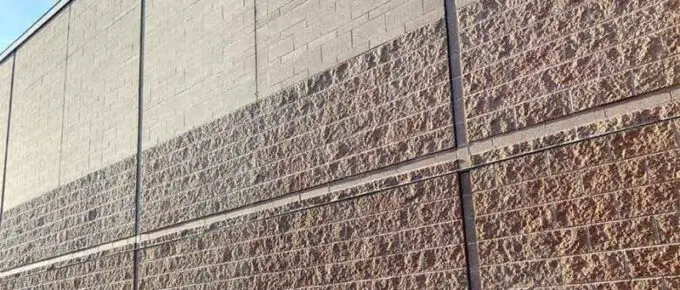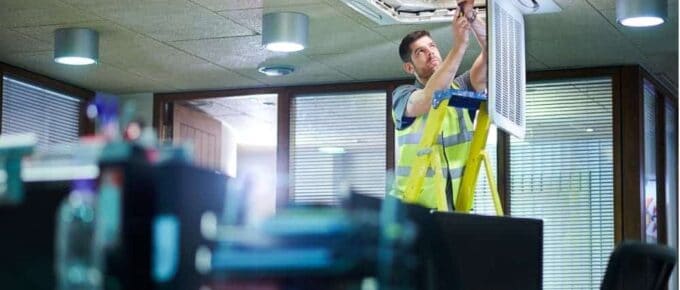In commercial real estate, tenant representation is a key professional service in which an agent is hired to represent the tenant’s perspective and help them find a suitable commercial space for …
Continue Reading about Commercial Real Estate Tenant Representation →






